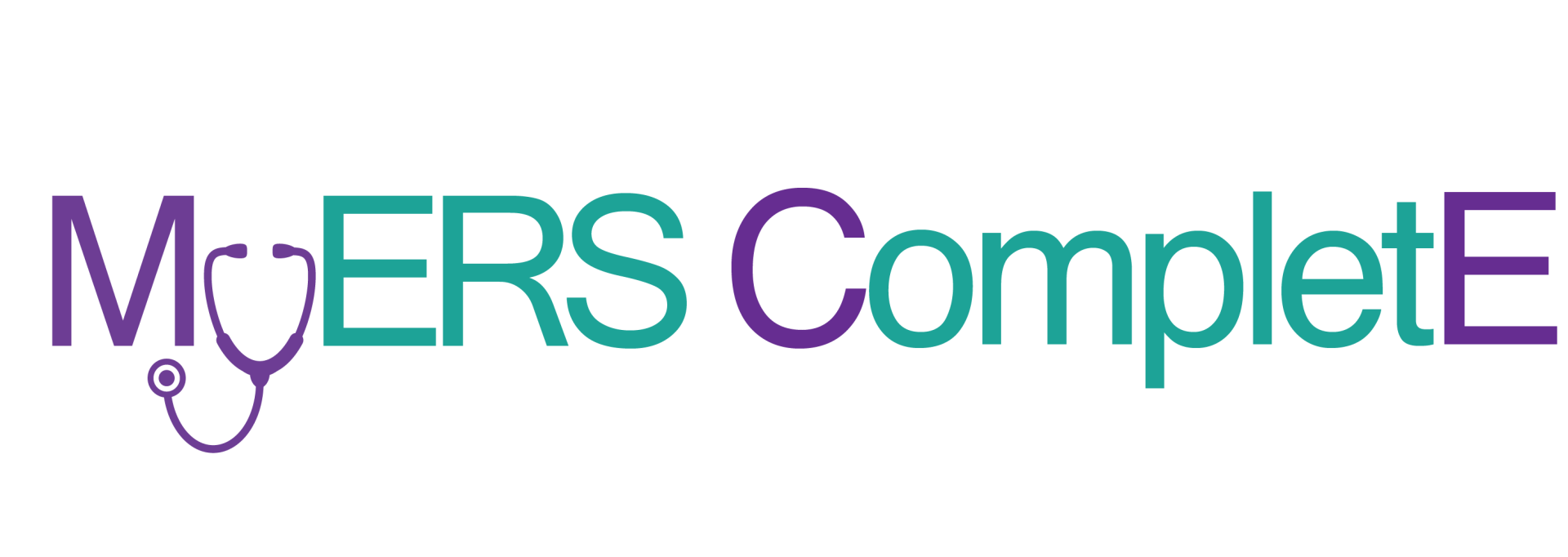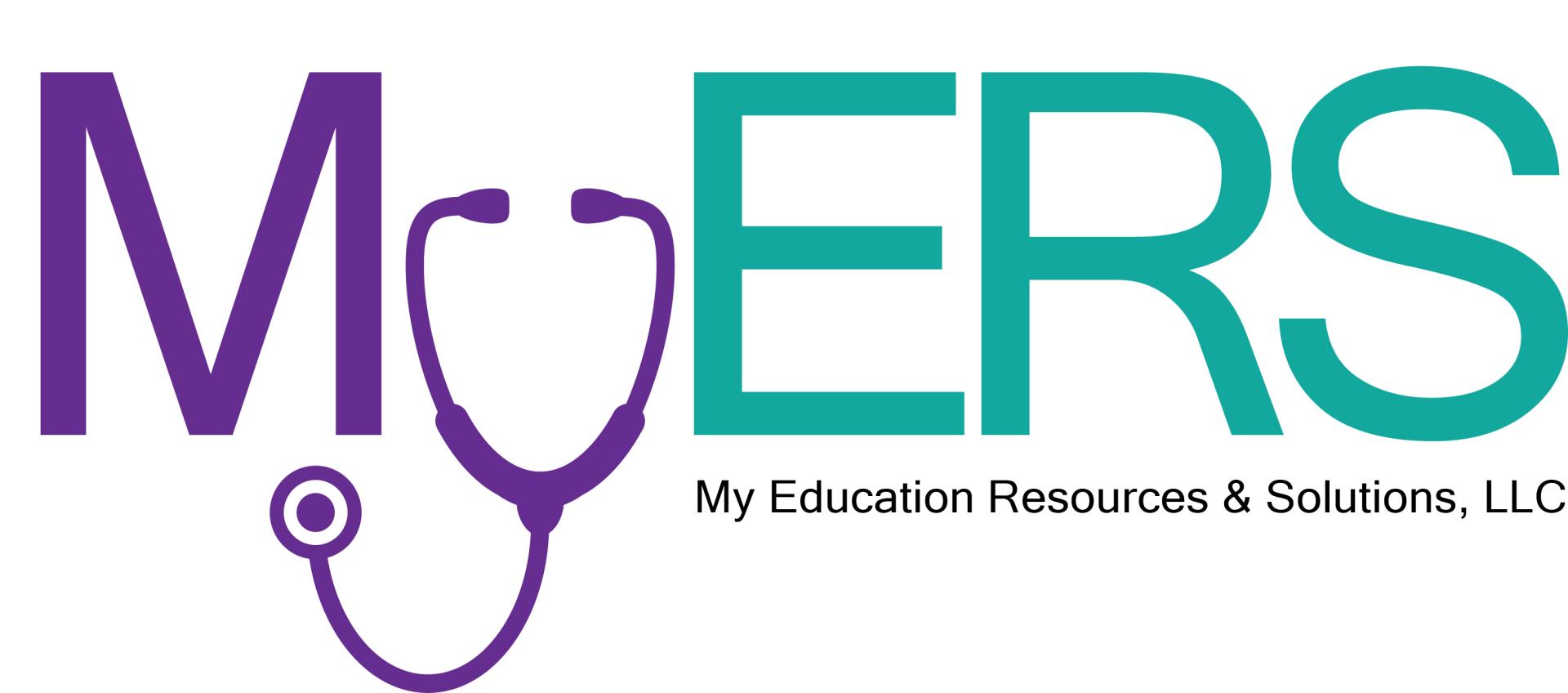Spring Break Surge: Community Health Strategies for Seasonal Challenges
Apr 14

Spring Break Surge
Community Health Strategies for Seasonal Challenges
As temperatures rise and students celebrate their academic reprieve, Spring Break season presents unique community health challenges for healthcare providers. From coastal tourist destinations to college towns, the influx of visitors brings predictable but significant impacts on local healthcare systems. Let's explore the community health implications and how nursing professionals can prepare for and respond to these seasonal patterns.
Anticipating the Impact
Spring Break typically brings several predictable health concerns:
- Alcohol-Related Incidents The CDC reports that binge drinking increases significantly during Spring Break periods. This leads to higher rates of alcohol poisoning, injuries, and risky behaviors. Communities near popular destinations often see a 30-50% increase in alcohol-related ER visits during this time.
- Recreational Drug Use Along with alcohol, recreational drug use rises during Spring Break. This includes both traditional substances and newer synthetic drugs that may be unfamiliar to local healthcare providers.
- Sexual Health Concerns STI testing requests and emergency contraception needs typically surge in the weeks following Spring Break. Community clinics often find themselves understaffed just as demand increases.
- Traumatic Injuries Adventure activities, water sports, and general revelry lead to increases in orthopedic injuries, concussions, and other trauma cases.
- Mental Health Crises The combination of substance use, sleep deprivation, and social pressures can trigger or exacerbate mental health issues.
Community Health Nursing Strategies
Prevention-Focused Approaches
Pre-Season Education Campaigns Collaborate with local colleges and high schools to provide education before students depart. This includes:
Community Partnerships Develop relationships with:
Strategic Resource Distribution Work with community partners to distribute:
Pre-Season Education Campaigns Collaborate with local colleges and high schools to provide education before students depart. This includes:
- Substance use harm reduction information
- Sexual health resources
- Sun safety and hydration guidance
- Local emergency contacts for destination areas
Community Partnerships Develop relationships with:
- College health services
- Local businesses, especially those selling alcohol
- Tourism boards
- Ride-share services for safe transportation options
Strategic Resource Distribution Work with community partners to distribute:
- Hydration stations in high-traffic areas
- Sunscreen distribution points
- Easily accessible sexual health resources
- Naloxone availability in high-risk areas
Empty space, drag to resize
Response Strategies
Temporary Staffing Adjustments Consider:
Mobile Health Services Deploy:
Targeted Follow-Up Programs Implement:
Temporary Staffing Adjustments Consider:
- Increasing weekend and evening staffing during peak periods
- Cross-training staff to handle common Spring Break presentations
- Creating rapid assessment protocols for high-volume concerns
Mobile Health Services Deploy:
- Mobile assessment units near popular gathering spots
- Street medicine teams for initial triage
- Telehealth services to manage minor concerns without facility visits
Targeted Follow-Up Programs Implement:
- Post-discharge follow-up calls for high-risk patients
- Fast-track STI testing in the weeks following Spring Break
- Connections to mental health resources for those who may have experienced trauma
Special Considerations for Tourist Destination Communities
For nursing professionals in communities that receive an influx of Spring Break visitors:
Insurance and Payment Challenges Visitors often face challenges accessing care due to insurance network limitations. Develop:
Continuity of Care Disruptions For patients requiring ongoing care after returning home:
Cultural and Language Barriers Prepare for visitors who may not speak the local language or understand the healthcare system by:
- Having translation services readily available
- Creating simplified explanation materials for common procedures
- Training staff in cultural sensitivity for diverse populations
Insurance and Payment Challenges Visitors often face challenges accessing care due to insurance network limitations. Develop:
- Clear processes for out-of-network patients
- Simplified payment plans
- Connections to emergency financial assistance
Continuity of Care Disruptions For patients requiring ongoing care after returning home:
- Create standardized discharge summaries designed for transition to different providers
- Develop relationships with college health services for seamless handoffs
- Establish telehealth follow-up options for out-of-state patients
Data Collection for Future Planning
Use the Spring Break period as an opportunity to gather data for future community health planning:
- Track presentation patterns by time, day, and location
- Document visitors' home locations to identify patterns
- Survey patients about prevention resources they encountered
- Collect feedback from staff about resource needs
This information can guide more targeted interventions for subsequent years.
Moving Forward
Spring Break presents both challenges and opportunities for community health nursing. By anticipating seasonal patterns, implementing targeted prevention strategies, and developing responsive care systems, nurses can significantly reduce negative health outcomes while building community resilience.
Most importantly, these seasonal challenges provide valuable insights into creating systems that remain effective during other periods of increased demand, from local festivals to natural disasters. The lessons learned during Spring Break can strengthen community health infrastructure year-round.
Contact
-
My Education Resources and Solutions, LLC
-
PO Box 39566
Greensboro, NC 27438 -
hello@myerscomplete.com
-
(336) 988-7076
Become a member
Your gateway to advanced, cloud-based CE solutions.

